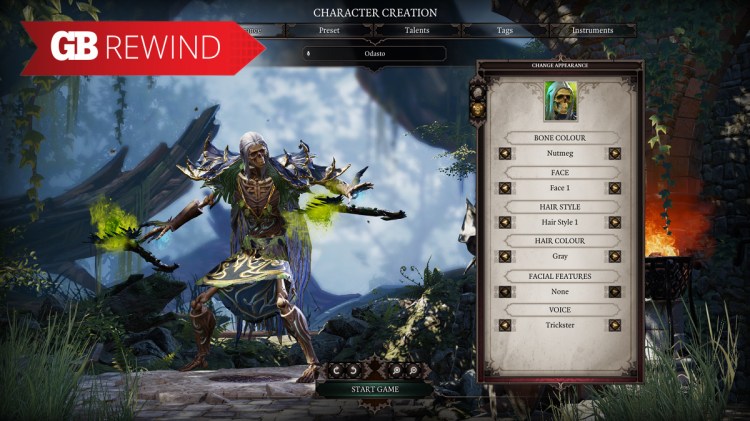When I think about 2017, thoughts of playing my Nintendo Switch anywhere I want — in my bed, on my couch, in the car, on a train, on a plane — first come to mind. But my top 10 games of the year isn’t about a piece of hardware; it’s about the experiences that stuck with me overnight, over days. It’s about the games I wanted to keep playing, those that I stayed up late to play, and those I wanted to share with my children.
Thus, my list of games features not just those that came out in 2017 but those that get expansions and daily support as well — what the industry calls “live services,” but what many of you may simply call your go-to game.
Before we go further, I do feel like it’s important to note that this is my list of the games I enjoyed the most, not yours. It isn’t GamesBeat’s list, either. So this list will reflect my tastes, what I like and what I don’t like.
So, let’s see the games I dug the most in 2017. I’d love to hear about your favorites this year as well — please reach out to me on Twitter to let me know!
10) Blaster Master Zero
Developer: Inti Creates
Publisher: Inti Creates
Platform: Nintendo Switch
One summer many years ago, me and two of my best friends from junior high school spent days playing through Blaster Master on the Nintendo Entertainment System. I cherish those memories, biking a couple of miles to my buddy’s, and seeing just how far we could get in this fantastic Sunsoft game. It was different from anything else on the system — a blend of 2D shooter and platformer, where you drove your little tank and destroyed a bunch of mutants, and top-down exploration in caves with puzzles and enemies.
This remaster comes from Inti Creates for the Switch, and it was the first game I bought for Nintendo’s clever hybrid console. And as soon as I started, I felt like I did in junior high, exploring the underworld as I shoot mutants in my tank. But this time, I shared this with my sons. And boy, are they critics! “You’re bad, Daddy.” This version keeps the trademark difficulty of NES games.
I might look bad while playing this with my kids, but I’ll take that to share this wonderful gem of a game with them.
9) Dragon’s Dogma: Dark Arisen Remastered
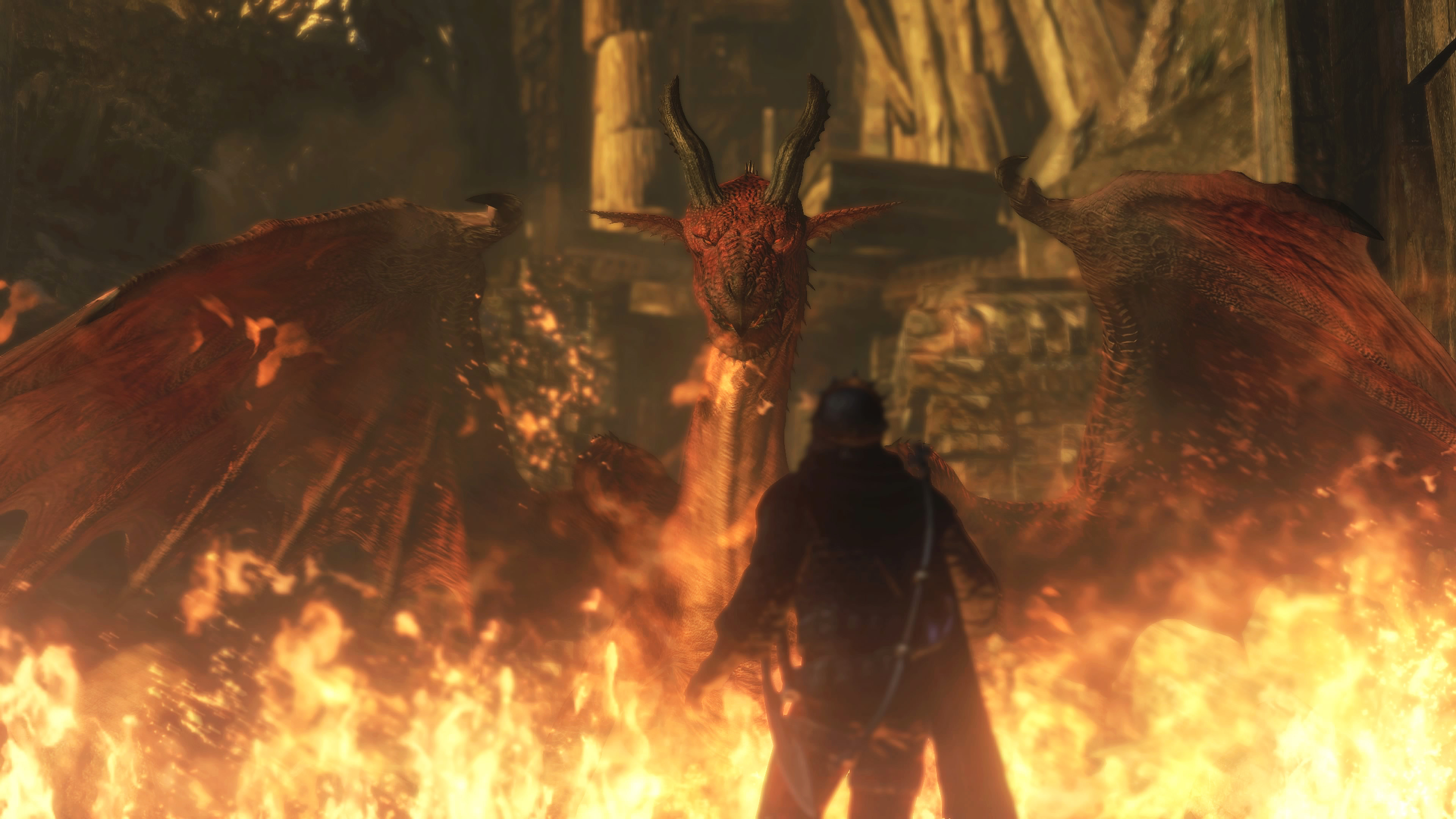
Above: Fire! Fire! Fire!
Developers: Capcom
Publisher: Capcom
Platform: PlayStation 4
Capcom remastered this excellent 2012 role-playing game this year, releasing on the PlayStation 4 amid the crowded schedule of fall games in October. And you know what? I’ve logged more hours with this since it came out than any other PS4 game this year. While I’d had a blast with this in 2013, I never got to the Dark Arisen expansion. And you know what? It’s essentially an old Dungeons & Dragons megadungeon. Add this to a game where you build a party of three pawns — AI characters that you can recruit, and as you gain in power, you can enlist even stronger pawns — and you get what leads to one of the best Western-style open-world RPGs on the PS4 … one that comes from a Japanese publisher.
My kids and I created our character together — a big red Wizard (I kinda steered them to that color as a play on Final Fantasy), and when I play it with them watching, I’ve turned it into a “Choose Our Own Adventure” in which I present options and ask them to decide how we proceed from there. And in doing so, I found a lot of areas I’d missed the first time around.
8) Super Mario Odyssey
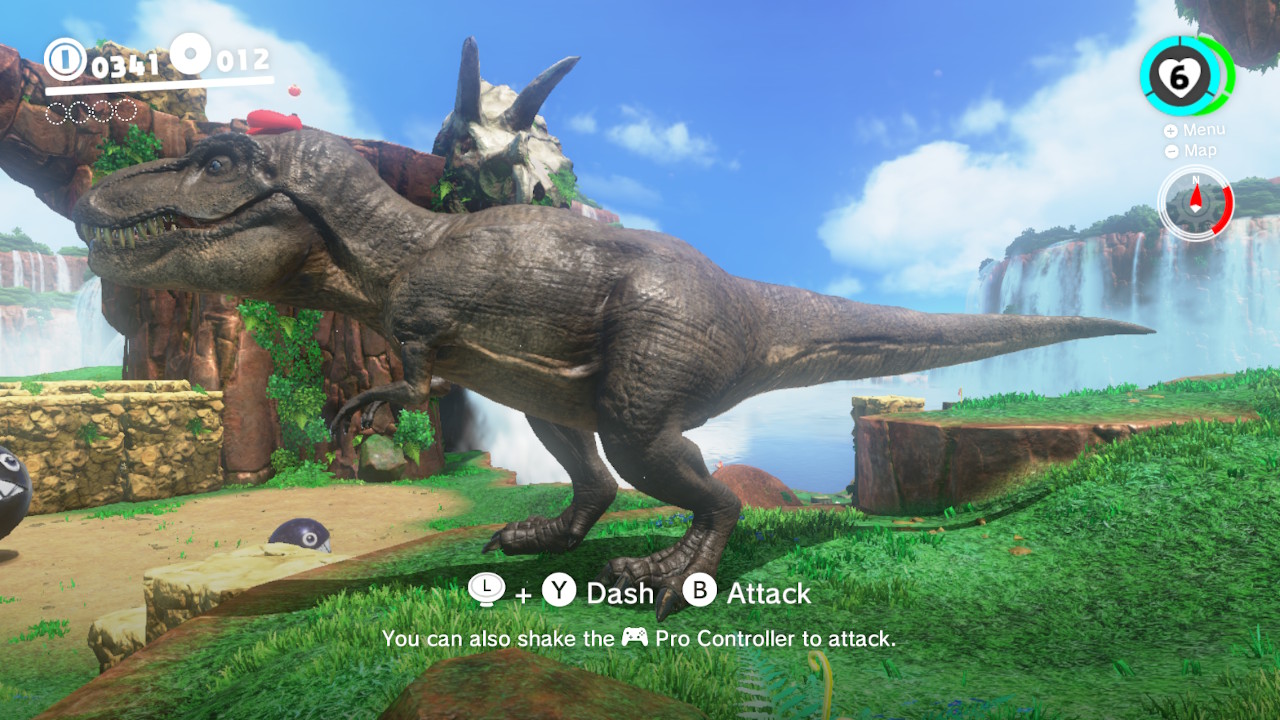
Developers: Nintendo EPD
Publisher: Nintendo
Platform: Nintendo Switch
Of all the games on this list, I’m most conflicted about Super Mario Odyssey. My first gut reaction was that “it’s fine.” It never felt magical to me, as past Mario games have. Cappy and the capturing mechanic is new, and it does introduce some other new capabilities, like taking over an Uproot and using its escalating power to climb up structures. That’s clever. And I loved taking over a T-rex and rampaging around.
So, why am I conflicted? I’m not head-over-heels in love with Mario as others are — I disagree with our 100/100 review score for it, and I still have trouble jumping around some levels thanks to the camera (3D platforming will never get this right). Yet it has a level of charm that compels me to include it on this list.
It’s also become my kids’ go-to game. They’re obsessed with it. They want to play it every night. And truth be told, I get more enjoyment from watching them explore this world, their first Mario, than I do playing it. And why can’t a game make my top 10 for how it makes me feel through watching my kids play it?
7) Final Fantasy XII: The Zodiac Age Remastered
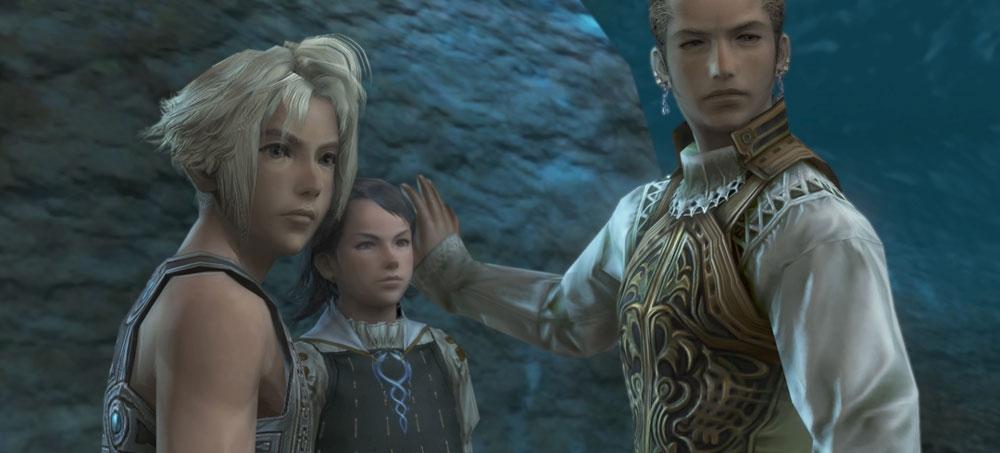
Above: “Wait, is you MP full.”
Developers: Square Enix
Publisher: Square Enix
Platform: PlayStation 4
Oh, look — another remaster of an RPG! This time, it’s one of my favorite Final Fantasys. I never got to play the Zodiac Age version (it never left Japan), so diving back into FF12 with a game that looks better, sounds better, and has a clean-up license system (the job board that you use to select your abilities) made it an enticing offer. It remains the same great story that I first experienced in 2006. But to me, this game always meant more. It was the first Final Fantasy that released when I left the newspaper industry to join the enthusiast press, and it was my favorite Electronic Gaming Monthly cover story edit.
The story is still fantastic, and Baltheir remains one of my favorite FF characters. This is all great, and the addition of a high-speed mode makes it even better. Set up your gambits properly and grinding becomes a breeze, and running across some of the larger maps doesn’t feel as much of a chore.
6) The Legend of Zelda: Breath of the Wild
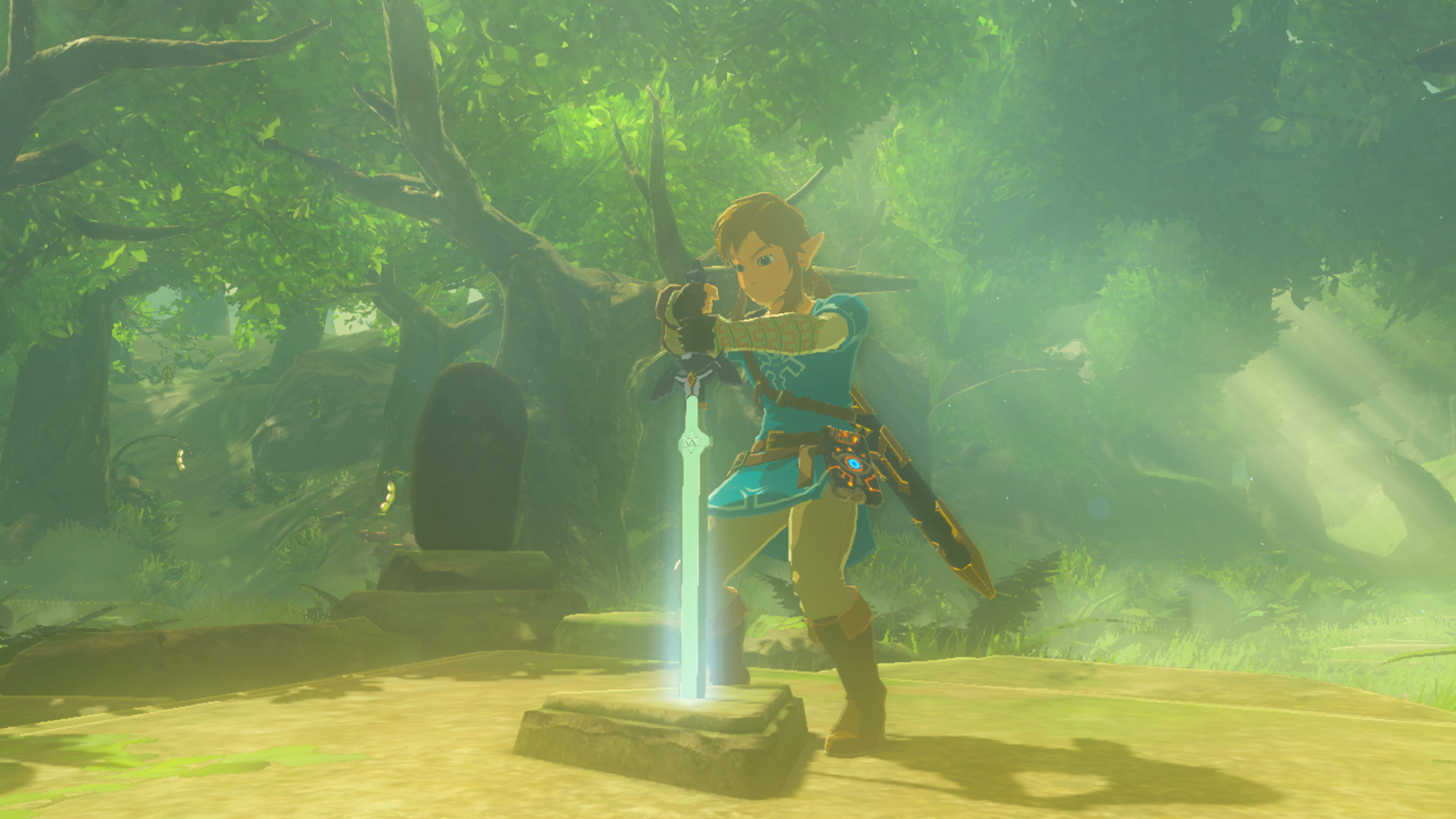
Developers: Nintendo EPD
Publisher: Nintendo
Platform: Nintendo Switch
This is another Nintendo game that pulls at both sides of my brain. Many games have promised that you can “see that mountain in the distance and climb to the top.” But you really couldn’t — no matter how much you try, you just can’t climb or leap up some rock formations on The Elder Scrolls V: Skyrim’s mountains and reach their peaks. But you can in Breath of the Wild. Combined with its open nature, Nintendo has given us a world we’ve never explored on a console or a PC. It’s liberating. Climbing off a peak, leaping off and gliding across a swath of Hyrule to the ground, feels so … free. It caters to various ages. My 5-year-old is just as happy climbing up a flagpole and doing hand-stands as my 7-year-old is taking out Bokoblins and finding new weapons.
At times, the world does feel empty. And the shrines come across as small. I appreciate that intimate feeling of the smaller dungeons, often centering on one type of puzzle. I also dig the puzzle-centric battles against the Divine Beasts. Characters feel somewhat bigger, like the memorable Prince Sidon. I enjoyed the cooking, something new to the series.
But when I look back on the year, one of the most amazing moments was in the first hour, when I saw a mountain and … simply climbed it to the top. The view of Hyrule from atop took my breath away. This feeling is why I play video games.
5) Etrian Odyssey V: Beyond the Myth
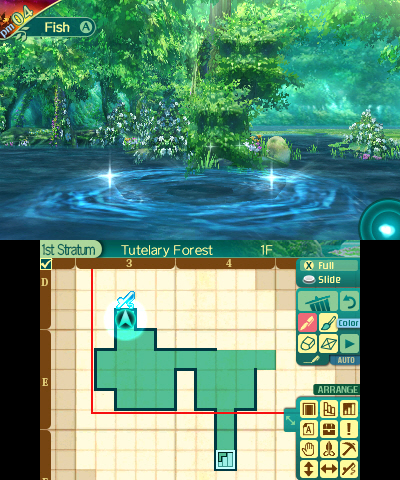
Above: I’ll miss the 3DS for no other reason than for making maps in Etrian Odyssey.
Developers: Atlus
Publisher: Atlus USA
Platform: Nintendo 3DS
It didn’t take long for Etrian Odyssey V to reignite my love for Atlus’s dungeon-crawler series. It’s more of a back-to-roots jaunt to the labyrinth, though your characters do have more races and skills to choose from than in the earliest games of this franchise. It ditches some of the mechanics from the later games, such as the small little side-realms, the airships and boats, and hones in on what makes Etrian Odyssey so compelling: planning your dives into a dungeon and your character advancement.
In a way, Etrian Odyssey captures the essence of old megadungeon campaigns from Dungeons & Dragons, where parties would spend weeks or even years exploring complexes like Castle Greyhawk or Undermountain. You gather your party before heading into the labyrinth, bringing the classes you think you need for this delve. You head in, go as far as you can before your resources run low, and then leave. The next time you go in, you might tinker with your party makeup before heading in based on what you learned about the terrors awaiting you. It adds a strategic layer that you don’t see in other RPGs. And this gameplay builds as you get deeper in Etrian Odyssey V’s halls, making it even more compelling the further you go as you explore the mysteries of the dungeon.
4) Persona 5
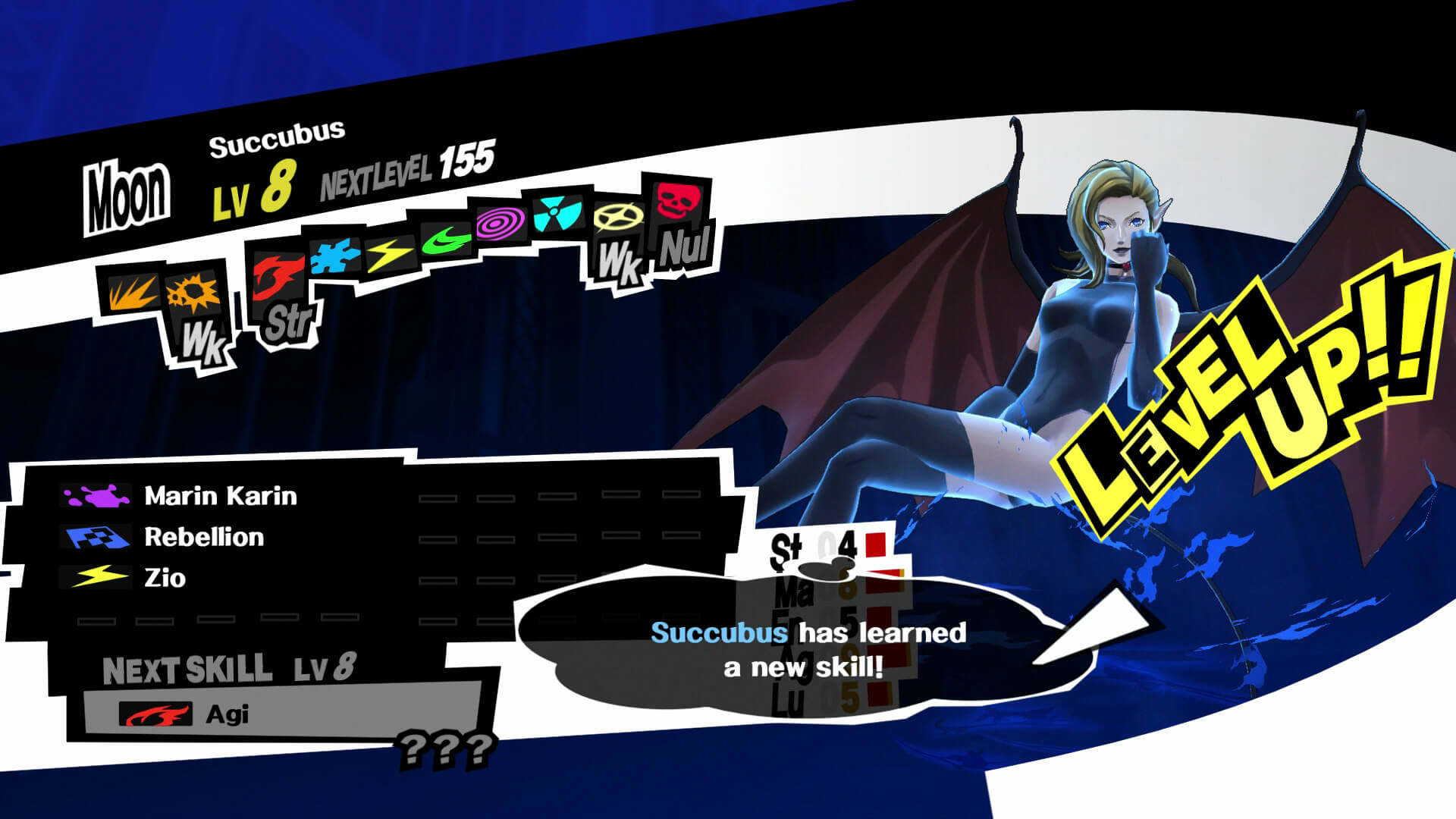
Developers: Atlus
Publisher: Atlus USA
Platform: PlayStation 4
No RPG comes close to the style of the Persona series, with its blend of dungeon-crawling and life sim. The stories have always been engaging, and this one with its messages of meting out justice to those abusing their power calls out to me in the era of Trump and the corruption we’re seeing in Washington, D.C., under his presidency.
It’s more colorful than ever before. But what makes this even better are the dungeons — gone are the random labyrinths of past Personas for dungeons tailored for the theme of each boss and situation you’re facing. This adds flavor to every encounter, from the bosses down to the monsters. Throw in Atlus’s colorful, bold art direction and you have a sensation not just for your mind (the RPG tactics) but your eyes as well.
3) Hearthstone: Kobolds & Catacombs

Above: Just look at these crazy cards.
Developer: Blizzard Entertainment
Publisher: Blizzard Entertainment
Platform: PC, iOS, and Android
I spend more time on Hearthstone, Blizzard Entertainment’s collectible card game, than I do all other games combined. I read about it when I’m not playing, and I’ll spend time looking at the cards, trying to come up with different, silly combos that make me smile (and my opponent groan, I hope). Winning to me is secondary — I want to pull off clownish acts that impress my foes.
Kobolds & Catacombs gives me the cards to do just that. I cheat out big minions with the Recruit tactic, which pulls cards out of your deck and onto the board. I use Spiteful Summoner to pull a spell from my deck and create a minion equal to its mana cost. I use the Grand Archivist to cast big spells out of my deck at the end of each turn. I’m having so much fun pulling off these silly combos.
But the best part is how the entire set is one big callback to Dungeons & Dragons, with ooze-like cube monsters, secrets that mimic traps and the wandering monster tables of old. And a kobold the shape of the old idol on the 1st Edition Dungeon Master’s Guide. Video games just cemented my love for D&D over the years, and playing with an entire card set that’s a love letter to the ol’ dragon warms my dark editor heart.
2) Torment: Tides of Numenera
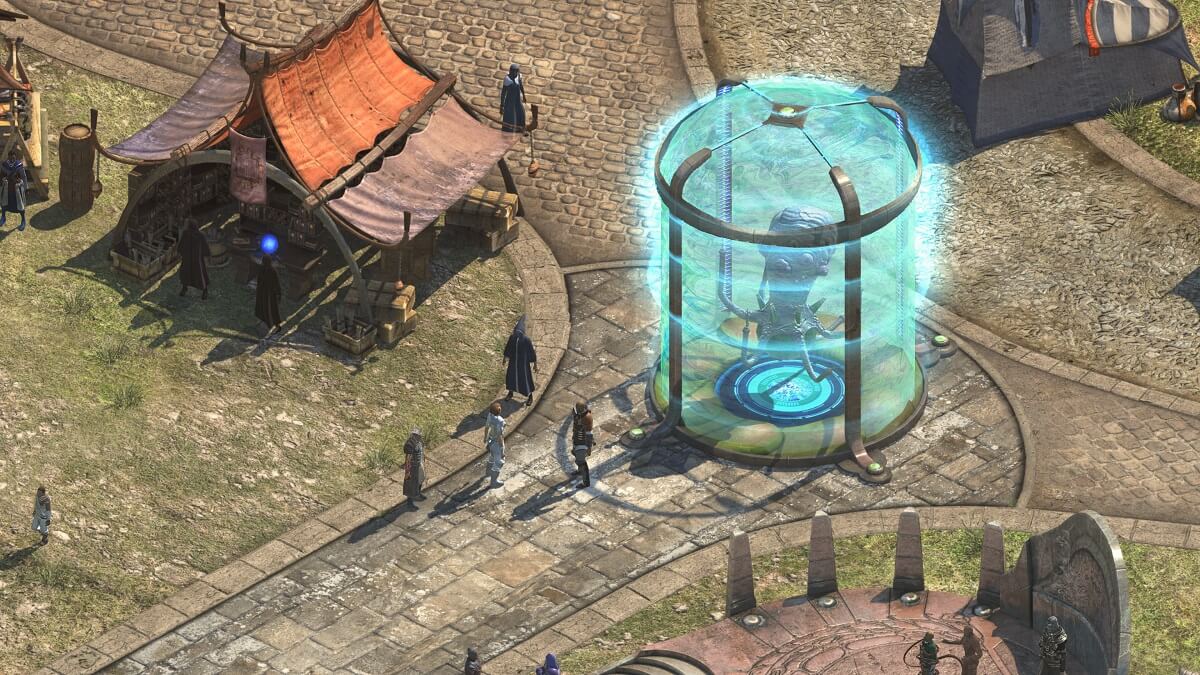
Above: I never made it to this brain jar. I want to pop it open, though.
Developers: InXile Entertainment
Publisher: Techland
Platform: PC
This is the first game on my list that isn’t a sequel to or a remaster of an older game, but it isn’t a 100 percent original work. Torment’s setting is the tabletop RPG world of Numenera, a blend of fantasy and sci-fi that’s unlike anything else out there. Numenera comes from Monte Cook Games, whose founder was one of the writers of the D&D setting behind the seminal 1990s PC RPG Planescape: Torment. And Tides of Numenera counts Cook among its writers.
But that aside, Torment introduces us to a world unlike any we’ve seen before. Civilizations have risen and disappeared, leaving relics. And the player himself is the castoff of The Changing God — turns out this guy might have figured out how to be immortal … or not, if you believe each castoff is its previous form or not. But as this Changing God has gone through existence, it’s attracted the attention of something dark and nefarious.
As you and your companions — some silly and goofy, others deathly serious — explore this universe, you can decide whether to interact through character actions or combat. It’s a story-driven RPG, after all. And by the end, you might understand more about, you know, the entire meaning of life.
It’s deep, man. And it’s one of the best-written stories of the year.
1) Divinity: Original Sin 2

Above: Sailing the … well, whatever seas these are in Divinity: Original Sin 2.
Developers: Larian Studios
Publisher: Larian Studios
Platform: PC
How much did I enjoy Divinity: Original Sin 2? I got 22 hours in, and my save game got corrupted. Did I get mad? Heck, no! I rolled up a new character and dived back in, learning more about its story and how its systems work along the way.
Original Sin 2 shines in every area: It tells a story of powerful heroes struggling not just against people who hate them for whom they are (and the threat they represent) but the essence of godhood. Are you a god? Is one of your companions a god? Will your enemy become divine? You deal with all these questions in a world rich in quests that run the gamut of emotions. It also gives you more choice than any of the other RPGs I’ve played this year, giving you an outstandingly written selection of “origin” characters such as Beast, a dwarf with a royal vendetta; or Fane, an undead sack of sarcasm.
The choice applies to combat, which is the best you’ll find in any RPG in gaming’s history. You must consider armor, elements, buffs and debuffs, all in a turn-based system that gives you time to consider all your options before you forge ahead. Want to turn your lightning attack into an electric version of a fireball? Conjure up some water with a rain spell. That poison in the way? Turn it into an explosive with a fire spell — hurt your enemies and provide a path to bashing them with your swords and maces. Or are you playing an undead character and are in need of healing … but life-restoring spells deal you damage? Just stand in a puddle of poison! That’ll heal you up.
Throw in fantastic mod tools, co-op that enables up to three others to join in your adventures, and a game master mode that turns Divinity into pseudo-online D&D, and you’ve got the best RPG to come out not just this year but in recent memory.
